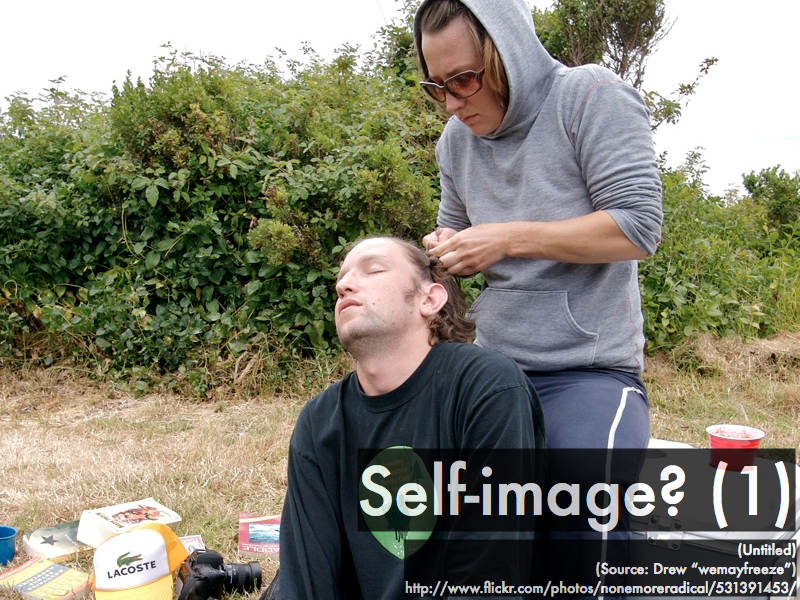Cuesta College, San Luis Obispo, CA
Students have a weekly online reading assignment (hosted by SurveyMonkey.com), where they answer questions based on reading their textbook, material covered in previous lectures, opinion questions, and/or asking (anonymous) questions or making (anonymous) comments. Full credit is given for completing the online reading assignment before next week's lecture, regardless if whether their answers are correct/incorrect. Selected results/questions/comments are addressed by the instructor at the start of the following lecture.
The following questions were asked on reading textbook chapters and previewing presentations on radioactive decay modes.
Selected/edited responses are given below.
Describe what you understand from the assigned textbook reading or presentation preview. Your description (2-3 sentences) should specifically demonstrate your level of understanding.
"A nucleus must have just the right ratio of protons to neutrons or the atom becomes unstable."
"This presentation was an overview of basic chemistry. I never knew about the stability within the protons and neutrons."
"I understand everything in this section--it is just a lot of memorization to know what each type of process includes."
"I understand how to calculate the number of protons, electrons, and neutrons when given a variable. I get the stability conditions for atoms. I get that atoms give off radiation to become more stable."
"I remember the different types of decays from chemistry, but the presentation was a good refresher, especially about unstable and stable nuclei."
"I took a basic chemistry class last semester, so quite a bit of this stuff is fairly familiar. Also, even though I was unfamiliar with the different decay processes before this section, I feel pretty confident in my ability to utilize them when needed."
"A neutron equals a proton and an electron, and a proton equals a neutron and a positron."
Describe what you found confusing from the assigned textbook reading or presentation preview. Your description (2-3 sentences) should specifically identify the concept(s) that you do not understand.
"Electron capture wasn't very clear on if it does anything to the protons/neutrons, I'm guessing that they stay the same. Everything else isn't too bad."
"I'm still mixing up the different kinds of decay. As in which are alpha, beta, and so forth. I think with practice I will be fine."
"Pretty straightforward. No problems so far."
Explain what a "nucleon number" is, and/or describe how to calculate it for a nucleus.
"The total number of protons and neutrons. Z + N = A."
"Denotes the number of nucleons (protons and electrons) where the number of neutrons is the nucleon number minus the atomic number."
"The nucleon number is also the 'mass number,' and it can be found in the top left corner of each elements box on the periodic table. It is the number of protons and neutron in an atom."
Identify the processes that increase, decrease, or do not change the number of protons in the nucleus.
(Only correct responses shown.)
α decay: decrease. [82%]
β– decay: increase. [75%]
β+ decay: decrease. [68%]
electron capture: decrease. [43%]
γ decay: do not change. [75%]
Identify the processes that increase, decrease, or do not change the number of neutrons in the nucleus.
(Only correct responses shown.)
α decay: decrease. [50%]
β– decay: decrease. [79%]
β+ decay: increase. [71%]
electron capture: increase. [32%]
γ decay: do not change. [79%]
Identify the processes that change a proton to a neutron, or change a neutron to a proton in the nucleus.
(Only correct responses shown.)
α decay: no p/n conversion. [61%]
β– decay: n → p. [79%]
β+ decay: p → n. [79%]
electron capture: p → n. [36%]
γ decay: no p/n conversion. [82%]
Ask the instructor an anonymous question, or make a comment. Selected questions/comments may be discussed in class.
"Can we make antimatter?" (Ask your doctor if you can get a PET scan. They'll typically inject you with fludeoxyglucose containing 18F atoms, which will undergo β+ decay. Since the β+ particle is a positron--the antimatter version of an electron--you will be "making" antimatter.)
"I wish there was more math and equations instead of just stuff to memorize."
"I just want to go over examples of each decay process and then I'll be good."
"A lot of late second-semester chemistry carryover."
"This material is really interesting. I am looking forward to this lecture"


















